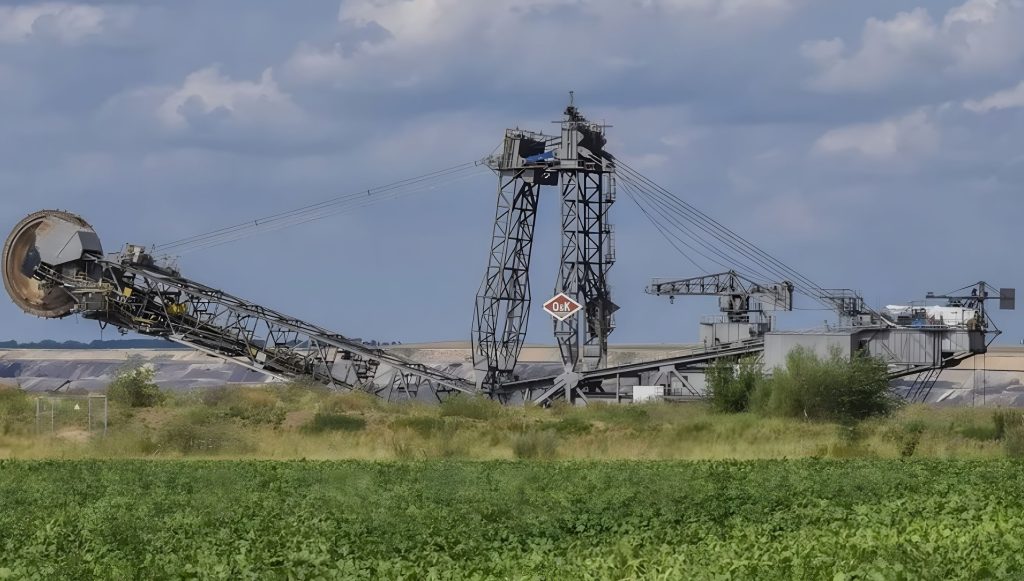Interra Copper reports positive geophysics on Rip Copper Project, British Columbia

Interra Copper Corp. [CSE-IMCX; OTCQB-IMIMF; FRA-3MX] reported results of its recently completed geophysical surveys at the Rip Copper Project in the Stikine region of British Columbia. The Rip Project is situated approximately 33 km northeast of Imperial Metals’ past-producing Huckleberry copper-molybdenum mine and Surge Copper’s advanced stage Ox/Seal/Berg projects. Imperial Metals is exploring Huckleberry and its surrounding claims for additional Cu-Mo resources.
Recently completed geophysical surveys at Rip, airborne magnetics and 3D IP, carried out by Precision Geosurveys and Dias Geophysical, respectively, suggest potential for two porphyry Cu-Mo mineralized centres. The northernmost centre coincides with outcropping porphyry Cu-Mo mineralization, and comprises a coincident magnetic/resistivity high, surrounded by a large “doughnut” shaped chargeability high (> 35 mV/V) with a diameter of approximately 1 km. A second potential porphyry Cu-Mo centre is situated approximately 1.1 km to the south, comprising a similar magnetic high surrounded by a “doughnut” shaped chargeability high (> 35 mV/V). This southern potential porphyry centre is entirely covered by overburden with a diameter of approximately 850 metres.
Brian Thurston, CEO, commented, “With this new geophysical data, we have resolved two classic porphyry copper-gold deposit style bullseye targets. In well-established porphyry districts like this one, it is unusual to have untested classic porphyry targets but at Rip one of the targets is entirely untested by diamond drilling, and the other target was only tested with a single diamond drill hole, which was aimed away from the centre of the bullseye, but nevertheless hit encouraging mineralization. In light of this new data, we feel enthused by the untested potential of this property and are excited to embark on a thoroughly justified drill campaign.”
The Rip project is interpreted as a highly underexplored porphyry Cu-Mo system that is predominantly covered by overburden. A small outcrop area within the northern interpreted porphyry Cu-Mo mineralized centre contains variably altered porphyritic intrusions which cut strongly hornfelsed Hazelton Group volcano-sedimentary rocks.
Historical exploration targeting a large IP anomaly on the project included shallow percussion drilling of this chargeability anomaly by Kennco and intersected porphyry copper style alteration and anomalous Cu-Mo mineralization over a broad area. A single diamond drill hole was collared approximately 200 metres north of the discovery outcrop and intersected anomalous Cu (0.07%) and Mo (0.005%) over 74 metres in strongly quartz-sericite-pyrite altered volcanic rocks cut by late feldspar porphyry and mineralized quartz diorite dykes; the bottom 64 metres consists of intrusive clast-rich polymictic breccia cut by abundant pyrite, gypsum and quartz veins with local secondary biotite. Quartz-sericite-pyrite, intermediate argillic and propylitic alteration predominate in the holes, suggesting that the Kennco holes only tested the upper levels of a shallowly eroded porphyry Cu-Mo system.
In late 2023, the company announced its option agreement with ArcWest Exploration Inc. [TSXV-AWX] to acquire an 80% interest in the Rip Cu-Mo project. Interra can earn the first tier of its interest in the project by completing staged exploration work totalling C$2.0 million and direct payment of C$100,000 and annual share payments over 4 years until end of 2027.
Interra is currently fully funded for, and anticipates it will likely exceed, its 2024 and 2025 obligations for the earn-in of C$300,000 and C$500,000 in expenditures respectively. With the recent completion of the geophysical surveys helping to define drill targets, the company is now focused on its first phase drill program of approximately 2,000 metres. The drilling is anticipated to begin in September of 2024 and is planned to test both highly prospective geophysical targets.
